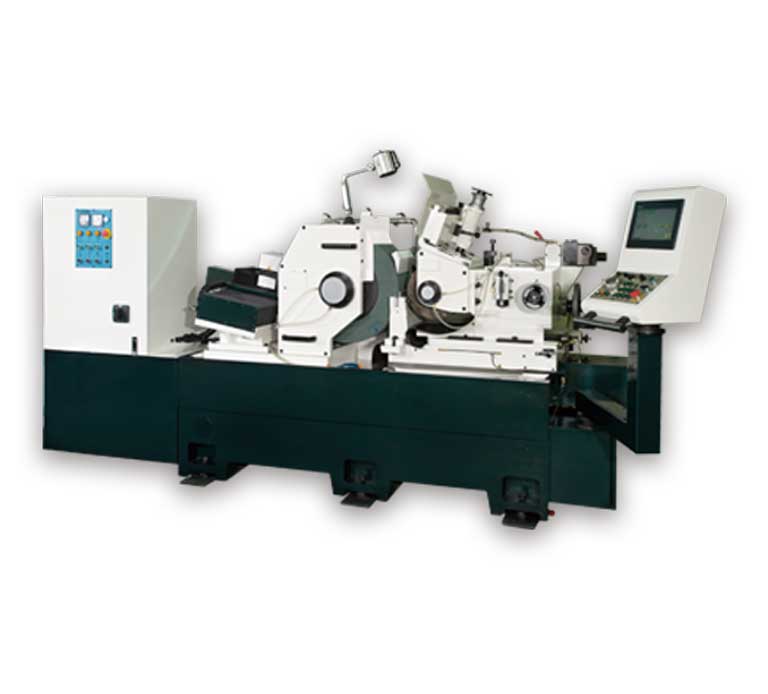Centerless Grinders

Centerless Grinders
For fast stock removal, lower machine tolerances and size as low as 0.0001″ or better, centerless grinding is the answer. Fortunately, centerless grinding has grown in popularity in the sphere of grinding technology. With centerless grinders, as the name implies, the work is not supported between centers. Instead, it’s held on a blade between the grinding wheel and the regulating wheel, which acts as a brake to set the RPM.
Basically, centerless grinding can be carried out in two different methods:
- Through-feed
- In-feed (Plunge cut grinding)
The through-feed method is applicable only when straight cylindrical parts are used. If there’s a head in the work, or the work is of stepped or taper form, the in-feed method would be the best choice. The end-feed method is used for headed components that are too long to be ground by the in-feed method. Generally, the end-feed method is applied when the length of the workpiece is greater than the width of the grinding wheel.
Centerless grinders have many more advantages when compared to center type grinders:
- The rate of production is higher in centerless grinding.
- The workpiece is provided with better stability.
- The job is supported along the whole length which prevents the occurrence of deflection. Hence, this process is suitable for long workpieces.
- The time required for job setting is eliminated.
- Less stock is needed due to the elimination of centering.
- Production costs are lower.
- Maintenance costs are lower as the wear and tear on the machines is less.
Centerless grinding can be applied to jobs up to 15 cm in diameter and on washers of seven meters in length. One advantage of this process is that it allows the grinding of headed, stepped, tapered, and formed jobs through both in-feed and end-feed methods.

